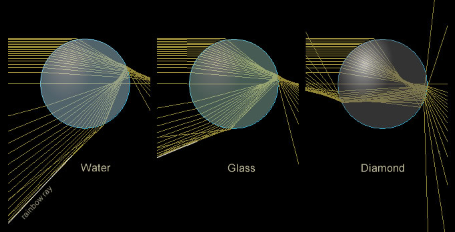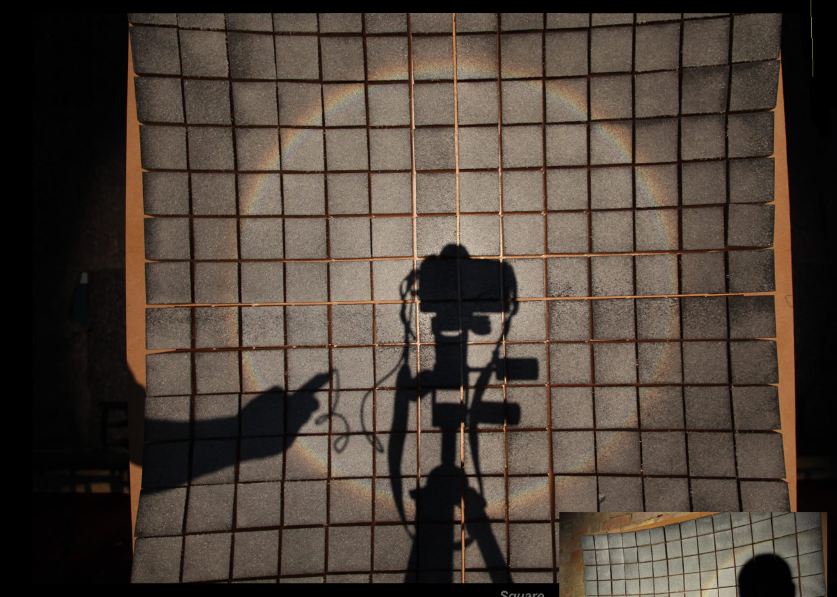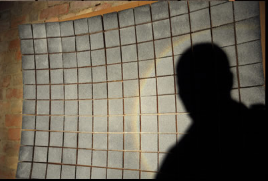OPOD - Indoor Rainbows
OPOD - Indoor Rainbows: A Detailed Exploration of the Dynamic Beauty
Rainbows, a mesmerizing natural phenomenon that captivates our imagination, have long been a subject of fascination for artists and scientists alike. While we often associate rainbows with outdoor settings, where sunlight interacts with raindrops to create stunning arcs of color in the sky, indoor rainbows offer a unique and captivating experience. In this article, we delve into the world of indoor rainbows, exploring their dynamic nature and the intriguing optical principles that govern their formation.
Indoor rainbow studies, such as 'Round', 'Rood Screen', and 'Square' by artist Charles Monkhouse, provide us with an opportunity to observe rainbows in a controlled environment. Unlike static images, these studies allow us to witness the vibrant and ever-changing nature of rainbows. As we move and shift our perspective, the rainbows come alive, shimmering and shifting in elusive ways that captivate our senses.
One of Monkhouse's works, 'Rood Screen', showcases the invariance of rainbows. The artwork consists of tilted planes with glass spheres sprinkled across them. Regardless of the tilt of the boards, the circular shape of the rainbow remains constant. This phenomenon highlights the fact that rainbows maintain their shape when the source of light, in this case, the powerful generating light, is far enough away to produce near-parallel rays. As we move closer or farther away from the artwork, the size of the rainbow expands or contracts across the boards while maintaining its diameter.
Interestingly, even if someone were to disassemble the 'Rood Screen' and scatter its boards at various distances, the rainbow would still remain invariant. This characteristic holds true for outdoor rainbows as well – the distance at which rain falls plays a negligible role in determining the shape of the rainbow.
However, not all materials create rainbows with the same properties. When the spheres on the boards are made of glass instead of water, the rainbow undergoes a change in size and color separation. Glass has a higher refractive index than water, causing the rainbow to have a smaller radius of around 21 degrees, half the size of an ordinary rainbow. This alteration in size and color distribution adds another layer of complexity to the interplay between light and matter.
Imagine if an artist were to sprinkle the boards with spheres made of diamonds, the most refractive substance known to us. Surprisingly, such an extravagant choice of material would not produce a first-order rainbow at all. The formation of a rainbow relies on parallel rays entering the sphere and being deflected through a minimum angle of deviation. However, diamond's refractive properties do not allow for this minimum angle, resulting in the absence of a rainbow.
In conclusion, indoor rainbows offer a captivating glimpse into the dynamic nature of these awe-inspiring optical phenomena. Through the works of artists like Charles Monkhouse, we can appreciate the ever-changing beauty of rainbows as they shimmer, shift, and shade with elusive ways. These studies also shed light on the invariance of rainbows, regardless of the distance at which they are observed. Furthermore, the choice of materials, such as glass or diamonds, introduces fascinating variations in size and color distribution within these indoor rainbows. So next time you encounter an indoor rainbow, take a moment to marvel at its dynamic beauty and the intricate interplay between light and matter that brings it to life.

Rainbow Studies
Three rainbow studies - 'Round', 'Rood Screen' and 'Square' by artist Charles Monkhouse (Charles Monkhouse, Night Stations) at an exhibition 'Seeing the Light, an investigation into Brocken Spectres and Heiligenschein' late 2011 in Gainsborough, England.
©Charles Monkhouse, shown with permission

Images show these full circular bows as static entities. Yet rainbows and optics are alive, they move when you move, they sparkle, they shimmer, shift and shade with elusive ways. So do these indoor studies - fixed images do less than justice to what the works express.
‘Rood Screen’, of many tilted planes, shows the invariance of rainbows; at least when the sun, or in this case the powerful generating light, is far enough away that its rays are near parallel. The bow stays circular regardless of the tilt of the glass sphere sprinkled boards. Move further away and the bow expands across the boards. Or, more accurately, the boards shrink with distance across the invariant bow. Move closer and a single board holds the bow – yet the bow keeps the same diameter.
If some vandal had dismantled the rood screen and spread its boards at all distances still the bow would remain invariant. Outdoor bows are equally invariant, the distance of the rain matters little.
Change the rain from water’s spheres to ones of glass and then the rainbow does change, in size and in the separation – not order – of its colours. Glass refracts more strongly than water and its bow is only some 21 degrees in radius, half that of an ordinary rainbow.
What if an extravagant artist sprinkled boards with spheres fashioned from diamonds? Sadly, that most refractive of substances would give no first order rainbow at all. To form a rainbow the parallel rays streaming into the sphere must at some position be deflected through a minimum angle of deviation. Rays cluster around that angle to form the bright rainbow's rim. Diamond's rays have no such minimum and therefore create no rainbow.



Note: this article has been automatically converted from the old site and may not appear as intended. You can find the original article here.
Reference Atmospheric Optics
If you use any of the definitions, information, or data presented on Atmospheric Optics, please copy the link or reference below to properly credit us as the reference source. Thank you!
-
<a href="https://atoptics.co.uk/blog/opod-indoor-rainbows/">OPOD - Indoor Rainbows</a>
-
"OPOD - Indoor Rainbows". Atmospheric Optics. Accessed on November 26, 2024. https://atoptics.co.uk/blog/opod-indoor-rainbows/.
-
"OPOD - Indoor Rainbows". Atmospheric Optics, https://atoptics.co.uk/blog/opod-indoor-rainbows/. Accessed 26 November, 2024
-
OPOD - Indoor Rainbows. Atmospheric Optics. Retrieved from https://atoptics.co.uk/blog/opod-indoor-rainbows/.